Photographic Masterpieces are Created with Lighting,
NOT THE CAMERA…
Creator and author: Mike Boatman
I’ve had the pleasure of working with some incredible designers over the years. Larry Perdue and I have done numerous campaigns together. Back in the day, getting a marker-comp or layout design from Larry would scare me to death. His layouts were drawn in perfect perspective and proportion. Many times, his creativity exceeded the boundaries of what I thought was photographically possible, I was wrong. You can read more about another challenging project with Larry Perdue in an earlier blog post titled, Start to Complete – 4×5 Camera, 39 Minutes, Grossed over $300 million.
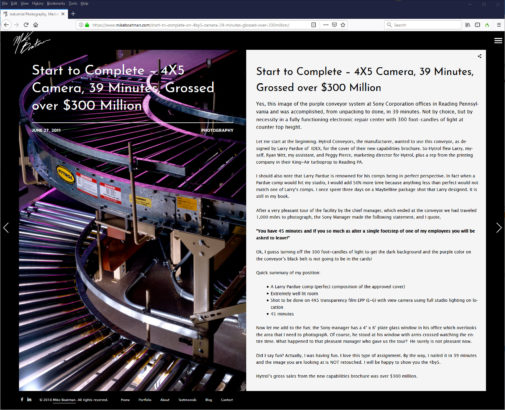 I remember a comp design for Dr. Scholl’s shoe inserts. The product was to be photographed on 4 x 5 transparencies film, I spent three days in the studio working to solve the problem of how to create a purple glow behind a transparent cellophane wrapper without casting any purple light on the product. I won’t tell you how I solved the problem – it is my secret sauce.
I remember a comp design for Dr. Scholl’s shoe inserts. The product was to be photographed on 4 x 5 transparencies film, I spent three days in the studio working to solve the problem of how to create a purple glow behind a transparent cellophane wrapper without casting any purple light on the product. I won’t tell you how I solved the problem – it is my secret sauce. 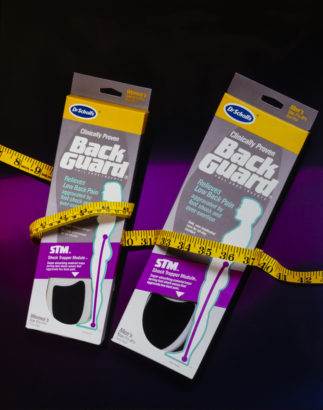 Let’s just say I’ve used this same technique to solve many lighting issues for other clients. I’m delighted that such a useful technique only took me three days to learn/discover/create, and now it is repeatable for me in various situations. Today, photographers would do it in Photoshop and charge the client for an hour of retouching. My special lighting technique only takes me five minutes to set up. So, what do you think? Which process ultimately costs more?
Let’s just say I’ve used this same technique to solve many lighting issues for other clients. I’m delighted that such a useful technique only took me three days to learn/discover/create, and now it is repeatable for me in various situations. Today, photographers would do it in Photoshop and charge the client for an hour of retouching. My special lighting technique only takes me five minutes to set up. So, what do you think? Which process ultimately costs more?
I recall another interesting assignment by French designer, Claude, chief product designer. My job was to photograph gift wrap paper created from white and silver foil with inlaid designs which, unfortunately, reflected everything in the room. There were four wrapped packages with four different designs to be photographed on a mirror. The challenge was that none of the packages should show reflections in any of the other packages. The white foil had to be white with detail and the silver foil had to reflect a metallic sheen, vignette from gray to black. Also, the mirror could reflect nothing other than the packages sitting on it. This gave me a total of three sides per package or 12 surfaces of different reflectivity that needed to be controlled. I got the assignment on a Friday spent the entire weekend designing exactly how I was going to accomplish the lighting for the image.
On Monday I nailed it on the first shot. Unfortunately, that was a problem for Claude. He felt I had accomplished it too easily. Since I got it on the first shot, he thought maybe it could be better. I begged Claude to let me shoot film before attempting to better it. He said, “Absolutely not.” I learned a life lesson that day: If I think I need to shoot, I’m taking the shot. Period. We spent the next three days trying to get back to the same quality that we had on day one.
Another memory is having lunch with a photographer that I admire and call my friend, Allen Mims. Out of the clear blue, Allen said, “If all photography assignments were like shooting for Alice Smith (not her real name), I would quit and sell insurance.” Ironically, the very next day I got a phone call from Alice Smith about a photography assignment. (How strange … I wonder who suggested me?) Although I will never accept a photography assignment from Alice, again. I will say that I give her credit for two life lessons (three if I consider never accepting another assignment from her as a life lesson). The assignment was to photograph a series of 30 related products in black and white. When Alice called, I was more than willing to take on the assignment. I had photographed similar products for other clients and had done as many as 80 catalog shots of a similar product in a single day. Alice only needed 30, so I was confident that I could complete the task in a day. My previous assignments had never gone perfectly smooth, so I bid the job out at three days.
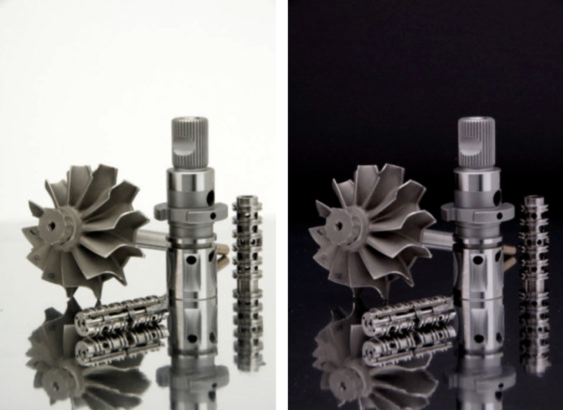
The original imagery of gift boxes have been lost but these two metal parts, one on black and one on white, are similar in characteristics and demonstrate an easy a change in camera that would take hours to do in Photoshop.
Imagine this: Day one. Product one. Alice demanded to see the exact image shot on black and white Polaroid before she would let me shoot film. I tried to explain that Polaroid has different characteristics than film and the results would not be the same. Alice didn’t care. She wanted to see every aspect of what she was looking for on the Polaroid before I could shoot film. At the end of day one, only one of the 30 product shots were complete. Each additional product took anywhere from five to seven lights, numerous reflectors, and black shields. I ended up creating a lighting technique that I refer to as inverse lighting. The product was so highly reflective that I built an inverse structure around it that mimicked the product and lit the structure the way I wanted the product to look. Because, the product was reflecting the lighting on the structure. 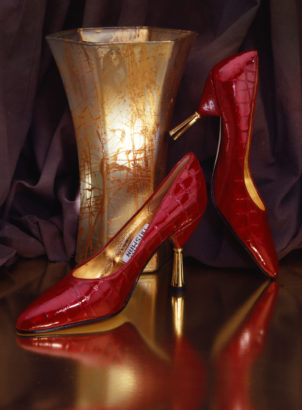 Photographers convert the dimensional item into a 2- dimensional photo image, all texture and shape are an illusion created by tonal changes. Since the product was so reflective, all the tonal changes had to be created and then seen as reflection on the product to define its shape.
Photographers convert the dimensional item into a 2- dimensional photo image, all texture and shape are an illusion created by tonal changes. Since the product was so reflective, all the tonal changes had to be created and then seen as reflection on the product to define its shape.
Before Alice allowed me to move a single reflector or adjust a light, I had to explain to her in excruciating detail exactly what I was trying to accomplish and describe precisely what I intended the final image to look like. The assignment ultimately took not three, but 30 days to complete, and Alice threatened to blackball me in the marketplace if I didn’t finish the assignment for the bid price of three days. On a positive note, after 30 days of verbally explaining every move I made, every change and every adjustment, my knowledge about product lighting was greatly enhanced. For this I say, “Thank you Alice. But in the future, if you need a photographer, please call Allen Mims!”
Wait a second! Did you notice that in all these situations, not one solution was dependent upon the camera itself?
The camera simply records light. Mastering photography and creating masterpieces is heavily dependent on lighting. Creativity is greatly involved, but it goes together with lighting. A winning combination is achieved when you partner designers like Larry Pardue or Dale Oden together with a master photographer that understands lighting.
I’m a master photographer. As such, I see young photographers today relying heavily on Photoshop as a crutch. I think young designers might be hiring less than qualified photographers because of the mistaken belief that they can correct shortcomings in Photoshop themselves. Photoshop is an incredible tool, but it cannot take the place of masterful lighting. When Photoshop is used to make up for the shortcomings of the lighting, the cost of the time it takes to fix the photograph is far greater than to have done the lighting correctly to begin with. If you do the lighting correctly, then you can expand the creativity with Photoshop instead of using it as a correction tool.
I’m passionate about photography. In Greek, the word “photo” means light and “graph” means draw. A photographer’s goal is to “draw with light”. If I’m simply recording light and not actually drawing with light, then I am just a journalist. Photographers create. The camera simply records, journaling the creativity of the photographer. I invite designers to partner with me to create.

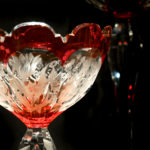
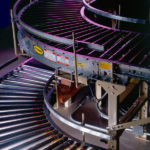
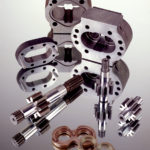
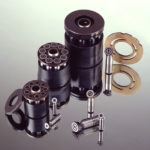
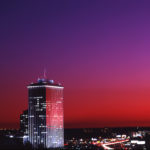
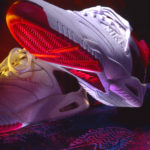
There are no comments